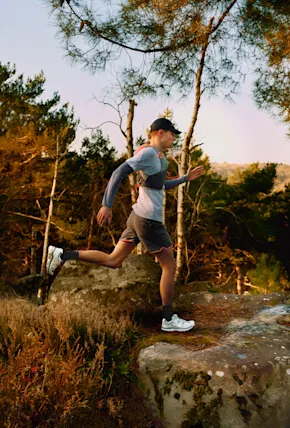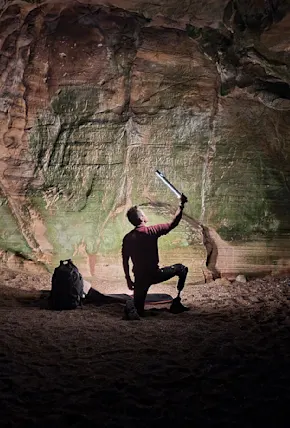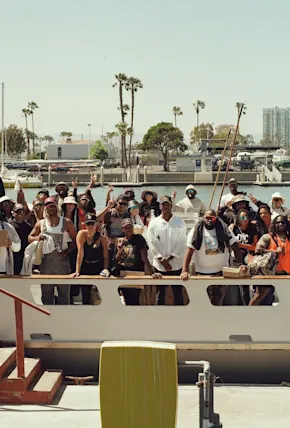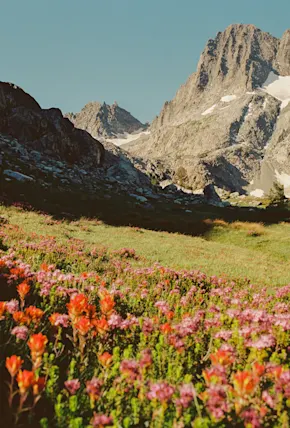In 2006 Bryan Papé was your typical Seattle snow bro. He spent more days than not on the mountain, hanging out of helicopters filming with the Northwest’s best skiers, and generally living the dream as the top dog of his own media production company. And then the “holy shit moment,” as he calls it.
While skiing one day Papé hit a tree, breaking his femur clean in half. Laying in the snow, wondering whether or not his femoral artery had been severed during the collision—if so, he’d bleed to death internally in the next 10 minutes—Papé thought on the selfishness of his lifestyle. Then and there he vowed that, should he survive, he’d make a life change and work towards creating a more positive legacy that he would be proud to leave behind—something bigger than a set of silly ski films.
Three years later, with his leg healed and a chunk of change from the recent sale of Little Hotties hand warmers—a company Papé had helped grow as the first employee—he founded MiiR, named for famed naturalist John Muir.












